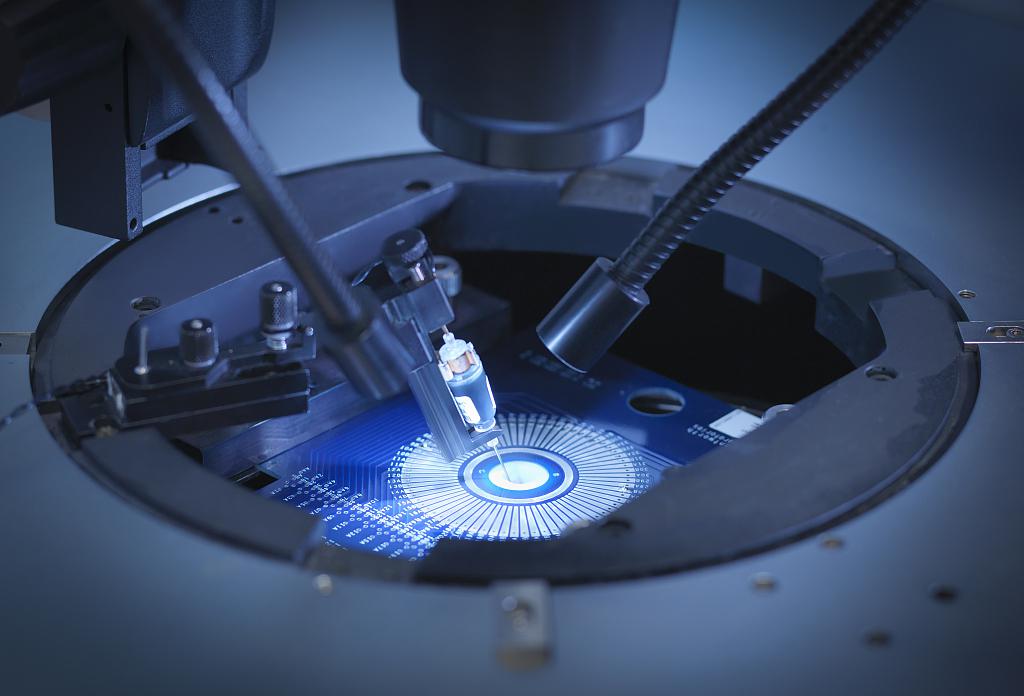In digital circuit design, Interface ICs (Interface Integrated Circuits) play a crucial role. Acting as a bridge between different digital systems or modules, Interface ICs not only simplify the complex signal transmission process but also enhance the overall system’s reliability and maintainability.
Interface ICs are specifically designed integrated circuits for facilitating communication between different digital systems or modules. By defining a set of standard signal interfaces and communication protocols, they enable different systems or modules to connect conveniently, ensuring reliable data transmission.
I. Functions of Interface Integrated Circuits
The primary function of Interface ICs is to convert and transmit signals between different devices to achieve compatibility and communication. They are a vital component in modern electronic systems and are widely used in consumer electronics, industrial control, automotive electronics, and communications. Firstly, the signal conversion function allows Interface ICs to transform signals between different systems or modules, ensuring signal compatibility and consistency. For example, they can convert analog signals to digital signals or one type of digital signal protocol to another. Secondly, the data transmission function provides a high-speed and reliable data transmission channel, supporting various data transmission protocols such as I2C, SPI, and UART. This simplifies and enhances the efficiency of data exchange between different systems or modules. Lastly, the interface control function is also critical, as Interface ICs typically include a set of control logic to manage the state and behavior of the interface. This includes initializing the interface, configuring interface parameters, and handling errors.
II. Advantages of Interface ICs
The advantages of Interface ICs include simplifying design, improving reliability, and enhancing maintainability. By using Interface ICs, designers can simplify complex signal transmission processes and reduce the workload. Additionally, since Interface ICs provide standard interfaces and communication protocols, interoperability between different systems or modules is improved. Interface ICs are carefully designed and tested for high reliability and stability. They effectively isolate interference between different systems or modules, ensuring the accuracy and integrity of data transmission. Moreover, as Interface ICs integrate functions such as signal conversion, data transmission, and interface control, maintenance or upgrades of the system can be achieved by simply replacing the corresponding Interface IC, without the need to modify the entire system.
III. Applications of Interface ICs in Digital Circuit Design
Interface ICs are widely used in various scenarios within digital circuit design. For instance, in embedded systems, Interface ICs connect processors, memory, sensors, and other modules to facilitate data acquisition, processing, and transmission. In communication systems, they enable communication between different devices, such as between mobile phones and base stations or between computers and networks. In the field of industrial automation, Interface ICs connect various sensors, actuators, and controllers to achieve automated control and data collection in the production process.
IV. Selection of Interface ICs and Popular Models
When selecting an appropriate Interface IC, it is essential to first clarify the functional requirements of the system, including the required communication protocols (such as I2C, SPI, UART, etc.), interface type, and data transmission rate. Next, consider the performance indicators of the Interface IC, such as operating voltage and current, power consumption, and interference resistance, as these factors directly affect the stability and efficiency of the system. Additionally, cost and the reliability of the supplier are important considerations; choosing Interface ICs with high cost-performance ratios and reputable suppliers can ensure the economic viability and supply stability of the project. Lastly, consider the reliability and maintainability of the Interface IC, opting for products that have undergone rigorous testing and certification to facilitate long-term maintenance and upgrades of the system. By taking these factors into account, one can effectively select Interface ICs that meet specific application requirements, thereby enhancing the overall performance and reliability of the system.
Furthermore, to assist technicians and procurement personnel in making selections, several popular Interface IC models have been identified based on market research and industry analysis.
1. The Maxim MAX3232 series ic is a low-power RS-232 serial interface IC with 4 transmitters and 4 receivers, supporting a transmission rate of up to 250kbps. It utilizes charge pump technology, allowing operation at low voltages, making it suitable for various communication devices and embedded systems.
2. The NXP PCA9600 interface series product is a high-performance I2C bus buffer, supporting a transmission rate of up to 400kHz, with strong driving capabilities and low power consumption. It can effectively extend the length of the I2C bus and the number of connected devices, enhancing system stability and reliability.
3. The Microchip MCP2200 is a USB-to-UART interface converter, supporting a transmission rate of up to 12Mbps, featuring a simple USB interface and flexible UART configuration options. It can convert USB signals to UART signals, enabling communication between USB devices and serial devices.
4. The TI SN75179 interface ic is a high-speed differential line driver, supporting a transmission rate of up to 10Mbps, with high driving capabilities and low power consumption. It can effectively drive long-distance differential signal transmission, improving signal stability and interference resistance.
V. Conclusion
In summary, Interface ICs play a pivotal role in digital circuit design. Their advantages of simplifying design, improving reliability, and enhancing maintainability provide strong support for the integration and interconnection of digital systems. As higher-performance, lower-power, and more integrated Interface ICs continue to emerge, they will play an even greater role in a wider range of application fields, driving digital circuit design to new heights.
Website: www.conevoelec.com
Email: info@conevoelec.com

Media Contact
Company Name: Conevo Electronics Limited
Email: Send Email
Phone: +00852-53413153
Address:Office NO.3 10/f witty commercial building La-1l Tung Choi street Mongkok
City: Kowloon
State: Hong Kong
Country: China
Website: https://www.conevoelec.com/
